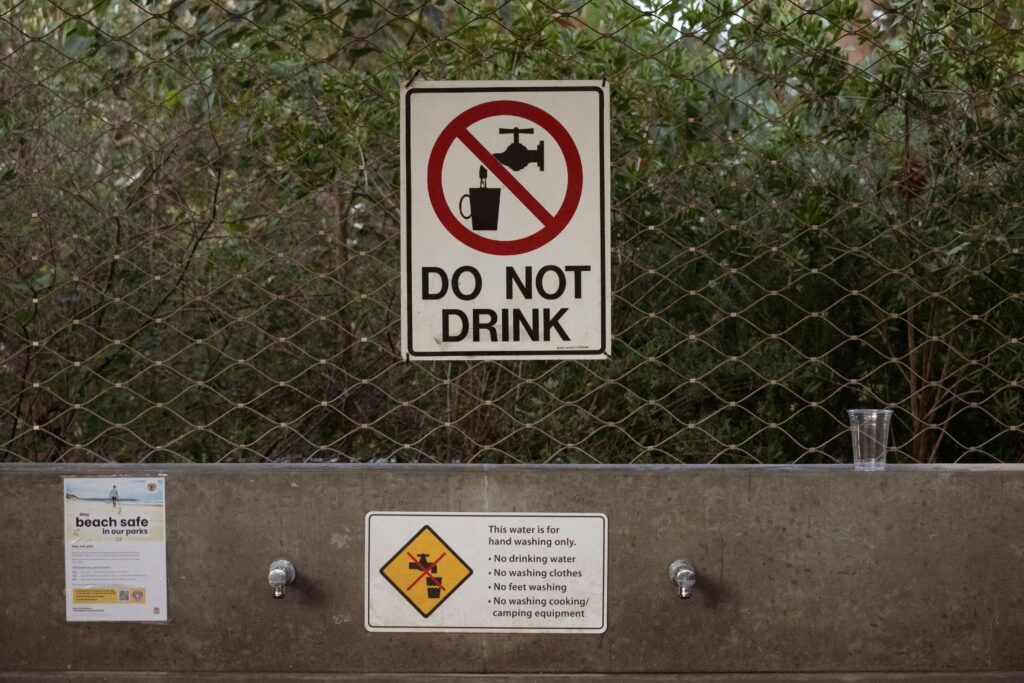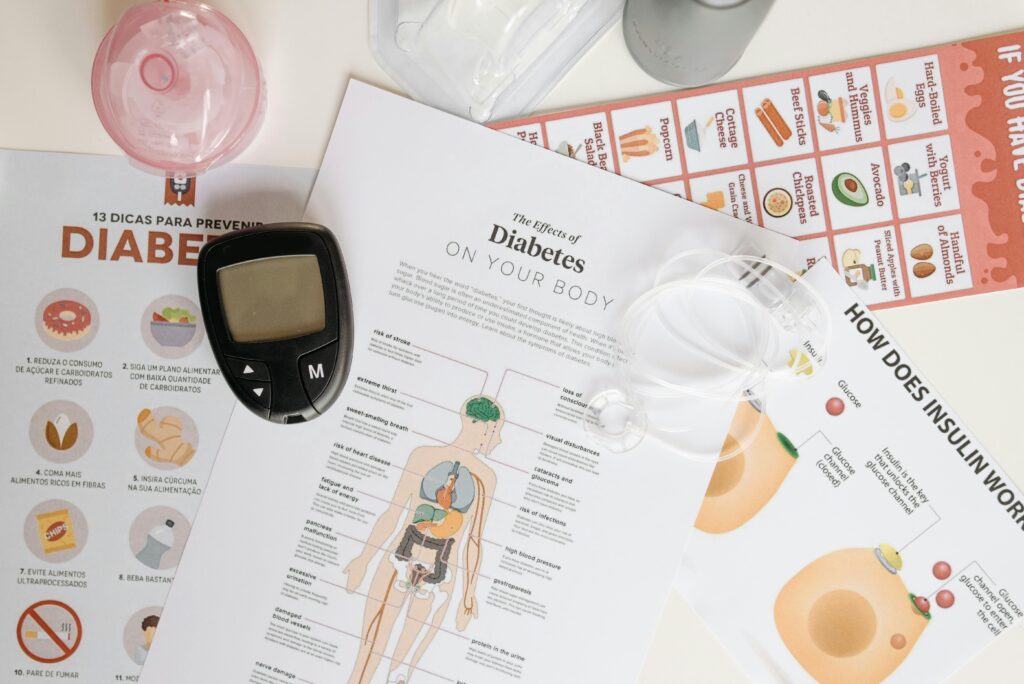As we age, our health can change in many ways. One of the conditions that is becoming more common in older adults is fatty liver disease. This condition occurs when too much fat builds up in the liver, and it can lead to serious health problems if not managed properly.
But the good news is that fatty liver can be managed, and in many cases, it can be prevented. In this blog, we’ll take a closer look at what fatty liver disease is, its causes, and how older adults can manage it to stay healthy.
What Is Fatty Liver Disease?
Fatty liver disease, also known as hepatic steatosis, happens when fat builds up inside the liver cells. A healthy liver has a small amount of fat, but too much can interfere with the liver’s ability to function properly.
There are two main types of fatty liver disease:
1. Non-Alcoholic Fatty Liver Disease (NAFLD)
This is the most common form of fatty liver and is not caused by alcohol consumption. It is linked to factors like obesity, diabetes, high cholesterol, and high blood pressure. NAFLD is often seen in older adults who have one or more of these risk factors.
2. Alcoholic Fatty Liver Disease (AFLD)
This type of fatty liver is caused by heavy alcohol use. Drinking too much alcohol can damage liver cells, leading to fat buildup.
While fatty liver disease can affect people of any age, it’s more common in older adults, especially those with other chronic health conditions.
Causes and Risk Factors of Fatty Liver in Older Adults
Several factors can increase the risk of developing fatty liver disease in older adults. These include:
1. Obesity and Overweight
Excess body fat, especially around the abdomen, can lead to fat buildup in the liver. Older adults are more likely to be overweight due to a slower metabolism as they age.
2. Type 2 Diabetes
People with diabetes are more likely to develop fatty liver disease. Insulin resistance, which is common in diabetes, can lead to fat buildup in the liver.
3. High Cholesterol and High Blood Pressure
Both high cholesterol and high blood pressure can damage blood vessels, leading to liver problems. These conditions often worsen with age.
4. Alcohol Consumption
Drinking alcohol in excess can damage liver cells and lead to fat buildup. Even moderate alcohol intake can worsen fatty liver disease in some individuals.
5. Medications
Certain medications, like steroids and some cancer treatments, can contribute to fatty liver disease. Always discuss potential side effects of any medications with your doctor.
6. Genetics
Family history plays a role in the risk of developing fatty liver disease. If someone in your family has had fatty liver, you may be more likely to develop it as well.
Symptoms of Fatty Liver Disease
In the early stages, fatty liver disease often has no noticeable symptoms. However, as the condition progresses, some signs may appear. These include:
- Fatigue or feeling very tired
- Unexplained weight loss
- Pain or discomfort in the upper right side of the abdomen
- Swelling in the abdomen or legs
- Yellowing of the skin or eyes (jaundice)
- Dark urine or pale stools
If you experience any of these symptoms, it’s important to see a doctor for a proper diagnosis. Regular check-ups and liver tests can help catch the disease early, before it causes serious damage.
How to Manage Fatty Liver Disease
The good news is that fatty liver disease can often be managed or even reversed with the right lifestyle changes. Here are some steps that older adults can take to manage the condition:
1. Maintain a Healthy Weight
Losing even a small amount of weight can help reduce fat in the liver. Aim for a balanced, healthy diet with plenty of fruits, vegetables, lean proteins, and whole grains. Avoid crash dieting and aim for gradual, sustainable weight loss.
2. Exercise Regularly
Regular physical activity is crucial in managing fatty liver. Aim for at least 30 minutes of moderate exercise, such as walking, swimming, or cycling, most days of the week. Exercise helps reduce liver fat, improve insulin sensitivity, and boost overall health.
3. Eat a Liver-Friendly Diet
A healthy diet is key to managing fatty liver. Focus on foods that support liver health, such as:
- Leafy greens and vegetables
- Fresh fruits, especially berries, apples, and citrus fruits
- Whole grains like oats, quinoa, and brown rice
- Healthy fats from sources like olive oil, nuts, and avocados
Limit or avoid foods that can worsen fatty liver, such as:
- Fried foods and fast food
- Sugary snacks and drinks
- Processed meats and refined carbohydrates
4. Limit Alcohol Consumption
If you have alcoholic fatty liver disease, the best way to manage it is to stop drinking alcohol. For those with non-alcoholic fatty liver disease, it’s still wise to limit alcohol intake to prevent further damage to the liver.
5. Control Blood Sugar and Cholesterol
Managing diabetes, high blood pressure, and high cholesterol can help prevent fatty liver from getting worse. Take any prescribed medications as directed and regularly monitor your blood sugar and cholesterol levels.
6. Avoid Unnecessary Medications
Talk to your doctor about any medications you are taking. Some medications can contribute to fatty liver, so it’s important to review them regularly. Never stop or change medications without consulting your doctor.
When to Seek Medical Help
If you experience any symptoms like persistent fatigue, abdominal discomfort, or jaundice, seek medical attention right away. Your doctor will perform tests, such as blood work or imaging, to assess your liver’s health and develop a treatment plan.
In Closing
Fatty liver disease may seem worrying, but with the right lifestyle changes, it’s possible to manage or even reverse the condition. A healthy diet, regular exercise, weight management, and controlling underlying conditions like diabetes and high cholesterol can go a long way in protecting your liver.
Remember, early detection and action are key to avoiding serious liver damage. Always stay informed and in touch with your healthcare provider for the best care.
Was this blog helpful to you or someone you care for?
Leave a comment below—we’d love to hear your thoughts.
And if you found this useful, please share it with your friends and family. A simple share can help someone stay healthy!






